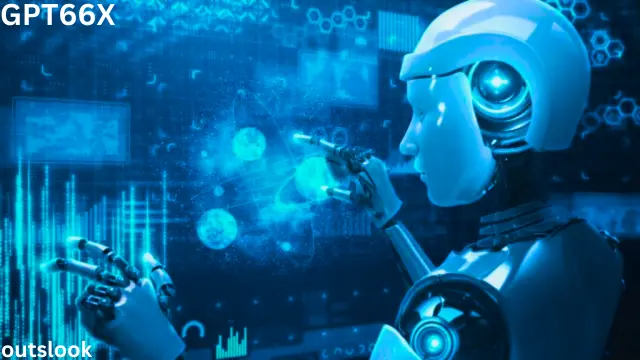In the ever-evolving landscape of artificial intelligence, the hypothetical GPT66X stands as a monumental leap, representing what could be the pinnacle of machine learning and natural language processing. This article delves into the imagined capabilities, applications, and ethical considerations of GPT-66X, a futuristic AI model that could redefine our interaction with technology.
Understanding GPT66X
GPT66X, a conceptual successor to OpenAI’s GPT series, would be built on an advanced neural network architecture featuring unprecedented parameters. This model could potentially understand and generate human-like text with remarkable accuracy, making it a groundbreaking tool in various fields.
Technical Advancements in GPT-66X
- The hypothetical GPT66X could be designed with several technical enhancements over its predecessors:
- Increased Parameter Count: With parameters, GPT-66X would offer a deeper understanding of language nuances.
- Advanced Algorithms: By incorporating cutting-edge algorithms, they could process information more efficiently, reducing response times significantly.
- Improved Contextual Awareness: Enhanced algorithms enable GPT-66X to better understand context and subtleties in conversation than any existing AI.
Applications of GPT-66X
- The potential applications of GPT-66X are vast and varied:
- Healthcare: In medical diagnostics, GPT-66X could analyze patient data and research to assist in accurate diagnosis and treatment plans.
- Education: It could provide personalized learning experiences, adapting to each student’s learning style and pace.
- Creative Industries: GPT66X could augment human creativity, from writing to music composition, offering new tools for artists and writers.
- Business Intelligence: Companies could use GPT-66X for market analysis, predictive modeling, and customer service enhancements.
Ethical Considerations and Challenges
With great power comes great responsibility. The development of GPT-66X would necessitate a thorough examination of ethical considerations Data Privacy Ensuring the privacy and security of the data used to train and operate GPT-66X would be paramount.
Bias and Fairness Measures must be in place to prevent biases in GPT-66X’s outputs, ensuring fairness and neutrality. Job Displacement The automation capabilities of GPT-66X could lead to job displacement in specific sectors, raising concerns about employment and economic impact.
The Future of Work with GPT-66X
- GPT-66X could revolutionize the workplace
- Automation of Routine Tasks: Many routine tasks could be automated, increasing efficiency and allowing humans to focus on creative and strategic roles.
- Enhanced Decision-Making: GPT-66X could provide data-driven insights, aiding in more informed decision-making processes.
- New Job Creation: While some jobs might be displaced, new roles would emerge, particularly in AI management, ethics, and maintenance.
GPT-66X and Society
- The impact of GPT66X on society could be profound:
- Access to Information: GPT-66X could democratize access to information, breaking down barriers in education and learning.
- Cultural Impact: This AI could influence art, literature, and media, potentially leading to new artistic movements and expressions.
- Ethical and Philosophical Questions: The existence of such an advanced AI would spark discussions about consciousness, the role of AI in society, and the future of human-machine interaction.
Conclusion
While GPT66X remains a figment of our imagination, contemplating its possibilities allows us to prepare for a future where such advanced AI systems could become a reality. The development of GPT-66X-like models would bring unparalleled advancements and challenges. As we stand on the brink of these potential developments, it is crucial to consider the ethical, societal, and economic impacts they may have. The future of AI, as imagined with GPT-66X, is not just about technological innovation but also about shaping a future that aligns with our human values and aspirations.

